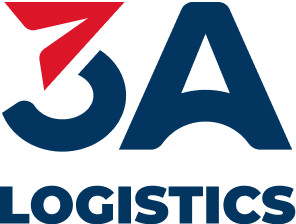In the ever-growing landscape of global trade, enhancing the sea freight cargo handling process is crucial for cost optimization and improved efficiency. This article will guide you through an exploration of groundbreaking methods, from the application of advanced technology to intelligent management strategies, aimed at optimizing every facet of the cargo handling process.
Table of Contents
ToggleBenefits of Supply Chain Process Improvement:
- Automation of Manual Tasks: Reduce processing time and enhance efficiency by automating tasks such as invoice processing and order fulfillment.
- Increased Transparency and Visibility: Establish a common platform connecting systems, providing real-time data to employees and customers, thereby boosting trust and satisfaction.
- Enhanced Coping Capability: In emergency situations such as the COVID-19 pandemic, automation aids businesses in adapting quickly.
- Ensuring Compliance with Standards: Automation helps minimize risks and errors, effectively managing the supply chain.
Applying Information Technology and Automation:
- Warehouse Management: Utilize an automated Warehouse Management System (WMS) to track inventory, manage storage locations, and optimize the picking process.
- Order Management: Automate the order processing workflow from receiving orders to delivery, reducing processing time and errors.
- Transportation and Delivery: Implement a Transportation Management System (TMS) to optimize transportation routes, track shipments, and manage transportation costs.
- Forecasting and Planning: Apply forecasting technology to predict demand and optimize production and procurement plans.
- Supply Chain Management: Integrate Enterprise Resource Planning (ERP) systems to provide a comprehensive view of the supply chain, from production to final delivery.
Some supporting technologies for automation:
- Artificial Intelligence (AI) and Machine Learning: Used in demand forecasting, warehouse management, and transportation route optimization.
- Robotics and Automation Technology: Employed in warehouse management and cargo handling processes.
- Blockchain: Enhances transparency and security in transactions and product tracking.
- Internet of Things (IoT): Monitors and manages inventory, as well as tracks the condition of goods during transportation.
Additional Process Improvement Methods:
- Logistics Process Optimization:
- Schedule and route management: Analyze planning methods and optimize the delivery schedule.
- Warehouse space optimization: Solutions for efficient use of space and avoiding unnecessary costs.
- Improved communication with customers: Rapid and flexible responsiveness to customer inquiries.
Risk Management and Safety:
- Risk Analysis and Prevention Measures: Strategies to identify and minimize risks.
- Ensuring Cargo Safety: Measures to protect goods from damage and loss.
Conclusion: Enhancing the sea freight cargo handling process not only brings economic benefits but also contributes to the sustainable development of international trade. Applying technological solutions, streamlining processes, improving customer service, and managing risks will be the key to achieving high efficiency in the logistics and cargo handling industry.













